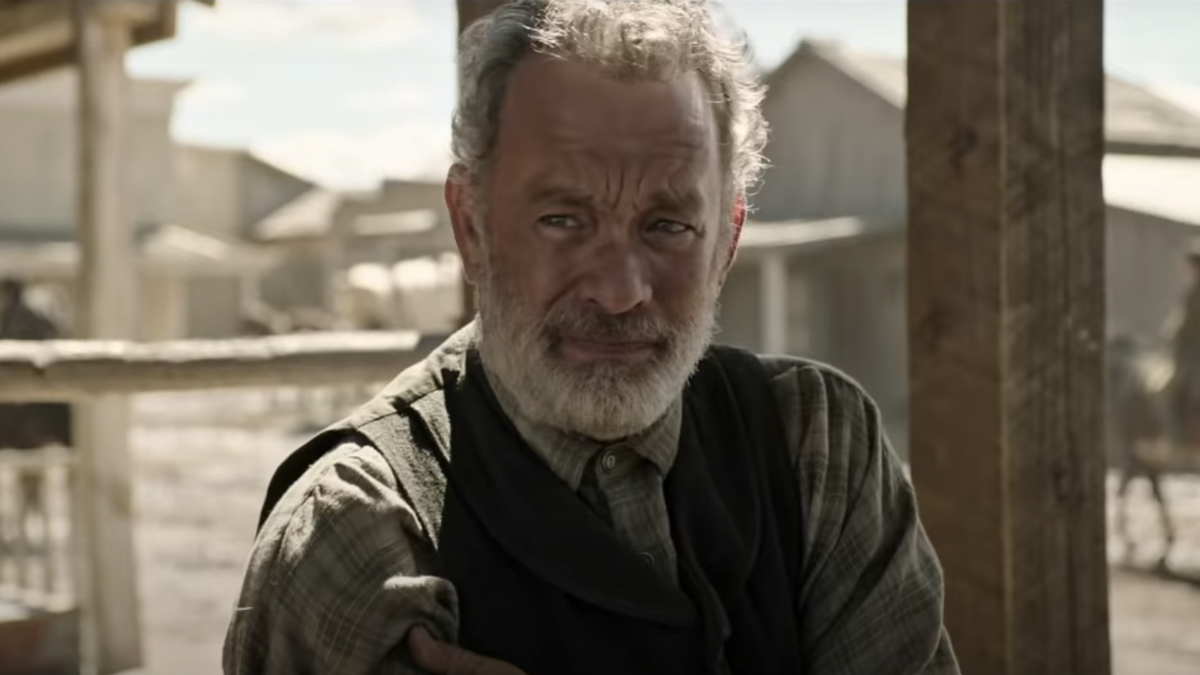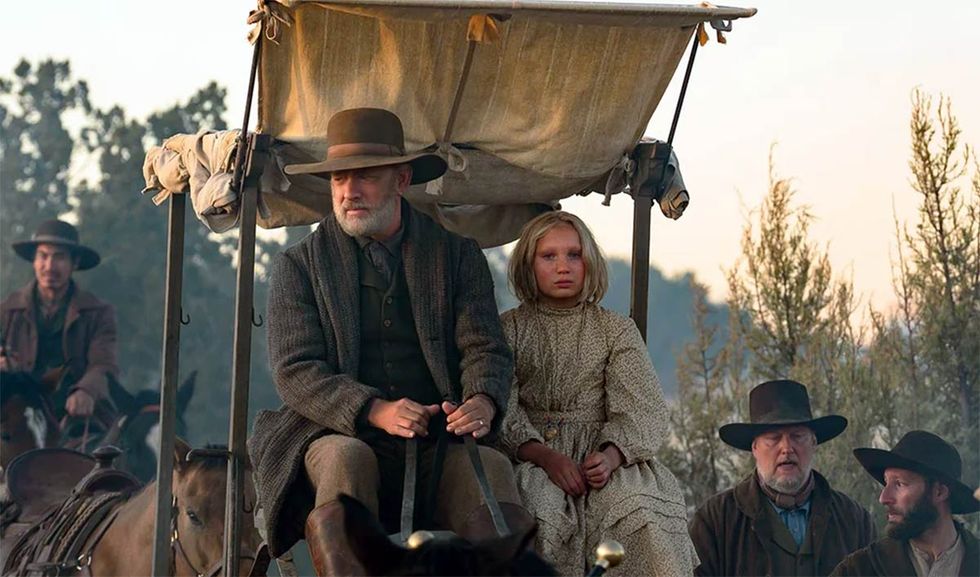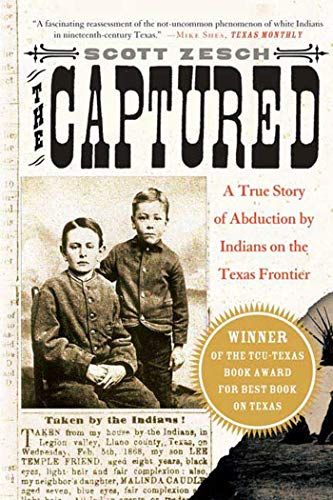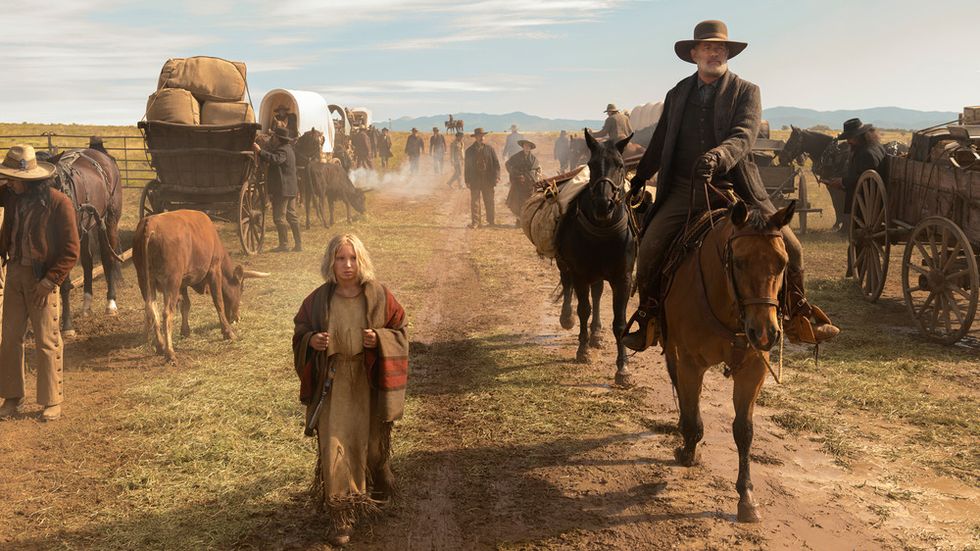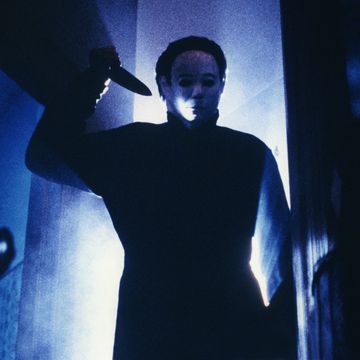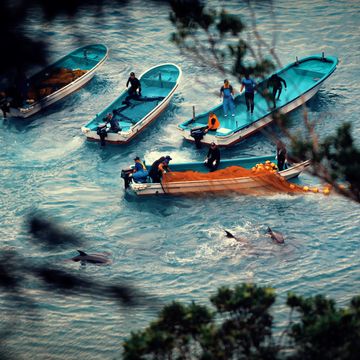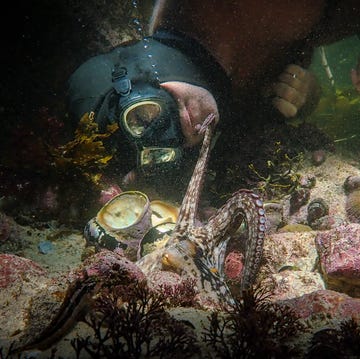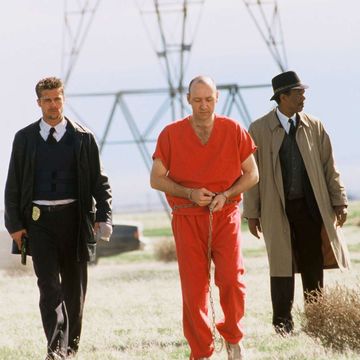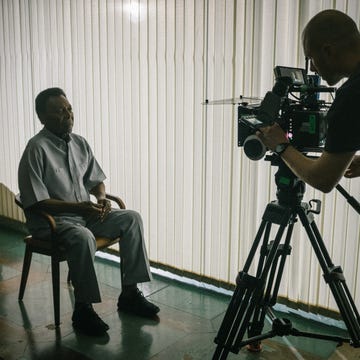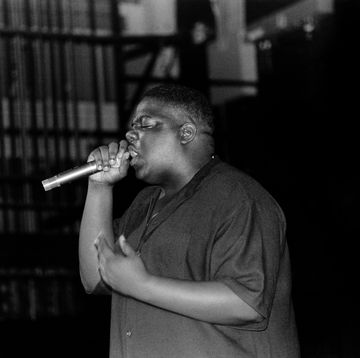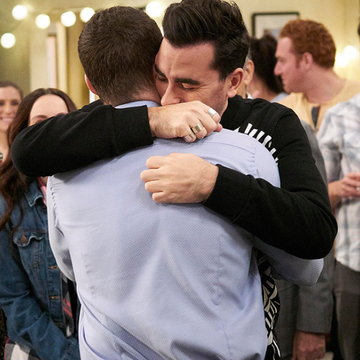So, you're here for the true story of the News of the World, eh? Well, settle in, then. It all started when a newspaper editor hacked into the phone of –
What? Not the toppling of Rupert Murdoch's salacious red top, which was shuttered after its journalists listened in to the voicemails of celebrities and murder victims? You're here to find out whether Netflix's new western, starring Tom Hanks as a grizzled Civil War veteran who has to transport a kidnapped girl across Texas, back to her only living relatives, is based in fact? Well, OK then. We'll wait for Netflix to make a documentary about the hacking scandal before we cover that other story.
Is News of the World a true story?
Sadly, it is not. The film is based on Paulette Jiles's 2016 novel, which was adapted for the screen by director Paul Greengrass (he of the Bourne movies) and Australian writer Luke Davies, who also wrote the screenplay for the Dev Patel-starring Lion. The novel, like the film, is fiction.
OK, but was it inspired by any real-life events?
Well, Hanks's character, Captain Kidd – who travels from town to town, reading excerpts from newspapers – was based on the ancestor of one of Jiles's friends, Wayne Chisholm, whose family has deep roots in Texas. As she told the Texas Monthly:
His great-great-grandfather was Aloysius Cornelius Kydd – something like that. He was telling me that his great-great-grandfather used to read newspapers in public performances in North Texas. And I thought, “What a marvellous character. This is incredible.” And I said, “Wayne, can I use him?” And he said, “Sure, I mean he’s dead.” So I just changed the spelling to Kidd. I have never heard of any other place where that happened. I had never heard of a paid-for reading of newspapers.
That said, Jiles never managed to find any evidence that the real Captain Kydd existed, nor that the practice of travelling newspapermen was widespread. But still, it's a nice story.
What about the kidnapped girl? Did the Kiowa really take hostages?
They did. In fact, Native American tribes regularly adopted the children of families they had attacked, raising them as their own. In 1836, for example, a band of Comanche kidnapped ten-year-old Cynthia Ann Parker, and she lived with them for 24 years, even marrying a Comanche chieftain. The couple had three children, and she wholly rejected her former life, even after being discovered and forcibly returned to white society by the Texas Rangers. After several unsuccessful attempts to return to her tribe, and the death of her daughter, she died by hunger strike in 1871.
Boys were taken, too. In the 1850s or 1860s, the Kiowa captured a young white settler who they christened Tehan – a corruption of 'Texan' – and raised him as their own. By the time he turned 18 he was fighting alongside them against the United States Army, most notably in the Red River War. He was eventually captured by US soldiers, but his tribe managed to rescue him before he could be forced back into white society. It's believed that he was eventually killed by his tribe's leader, Big Bow, who worried that Tehan's white heritage would make him defect back to the anglo side and reveal Big Bow's brutality, for which he would most likely be hunted down and executed.
Jiles has said that she based much of her novel on The Captured by Scott Zesch, which recounts the story of an ancestor of his, Adolph Korn, who was kidnapped by Apaches when he was 10 years old, then traded to Comanches. Like Tehan, he assimilated and eventually fought alongside his new people, against the white settlers. He, too, was eventually 'freed' and forced back into white society, only to reject it and end his days living alone in a cave in the Texas Hill Country.
What happened to the Kiowa in the end?
As with so many Native American tribes, things did not go well for the Kiowa. The News of the World is set in Reconstruction-era Texas, in 1870, five years after the Civil War ended. The state was slow to receive the news about the emancipation of the slaves, and the end of the conflict, and we see a people riven by loyalty to either their state or their country.
At the same time, the Native American tribes were in the final, unsuccessful throes of their conflict against the settlers who had invaded their ancestral lands. Resettlement onto reservations began in 1868, following the signing of the Treaty of Medicine Lodge, which transferred the Kiowa people to new territory in Oklahoma and Kansas. In 1892, Kiowa elders made an agreement to sell their land to the government so white settlers could move in. At the time, Native American tribes were discouraged from seeing legal advice and it remains unclear how aware they were of what they were agreeing to. Eventually, the Kiowa's once expansive territory shrank to next to nothing.
The News of the World is available to watch on Netflix
Like this article? Sign up to our newsletter to get more delivered straight to your inbox
Need some positivity right now? Subscribe to Esquire now for a hit of style, fitness, culture and advice from the experts
